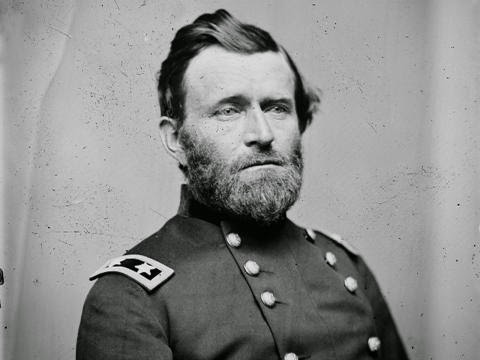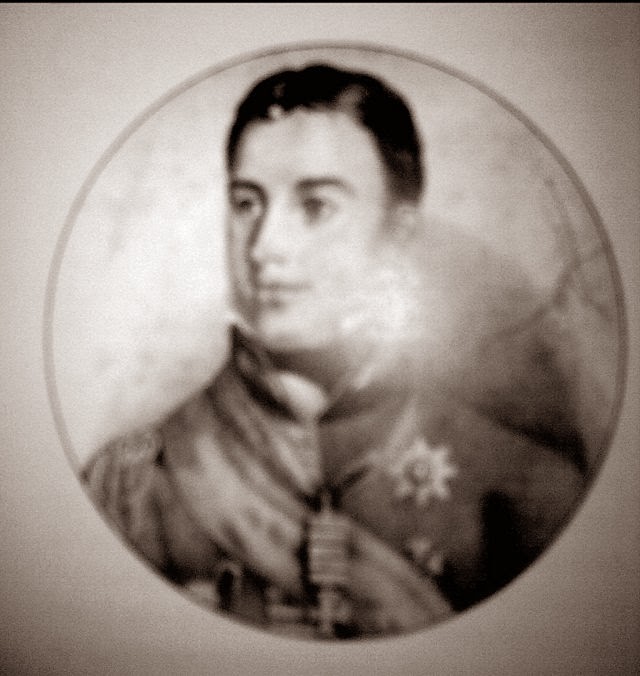For this blog post I have decided to shift gears, and move from the Civil War and War of 1812, to talking about the Old West. I was inspired to write this after watching the western channel on T.V. this morning. I got to thinking about the historical accuracy of some of the shows. Most of us are familiar with
Gunsmoke and
Bonanza, but shows like
Lawman and
Bat Masterson are not as well known. Many of these shows, like
Gunsmoke, featured a U.S. Marshall as the main character. Usually these lawmen are considered invincible, but sometimes tragic things happen to them in order to keep the viewer tuned in. Most of these marshals, as we will see also have love interests. Not all of these shows however revolve around a fictional U.S. Marshall or sheriff. Shows like
The Life and Legend of Wyatt Earp and
Bat Masterson were designed to chronicle the life of that particular person. These shows do not always portray these men accurately. As historians we need to be able to separate the facts from the myths. We can do this by reading books, articles, and primary sources about these men. Some notable lawmen that have been overlooked by Hollywood include Bill Tilghman, and Commodore Perry Owens. Below I will provide pictures and a brief overview of these men as well as the T.V. westerns that were mentioned above.

Wyatt Earp began his law enforcement career in Lamar, Missouri. He took over the job from his father who had passed away earlier. His next job was at Wichita, Kansas. He served as a deputy under Marshall Bill Smith. He was fired after getting into a fistfight with Smith after losing out on his bid to be elected Marshall. Earp later went to Dodge City, Kansas. He became a deputy there like he had in Wichita. Earp became heavily involved with gambling. It was through gambling that he became acquainted with Doc Holliday and Bat Masterson. Earp eventually resigned from the police force and headed further west. He eventually settled in Tombstone, Arizona. He joined the police force, but eventually was promoted to acting sheriff following the death of the sheriff. It was in this role that he got involved in the Shootout at the OK Corral.
Wyatt Earp became popular in Hollywood. There have been countless movies made about him. The show I mentioned above, called
The Life and Legend of Wyatt Earp, which stars Hugh O' Brian, follows him throughout his life, all the way until the Shootout at the OK Corral. One minor problem is that it does not tell of Earp's experiences in gambling, buffalo hunting, and also as a "pimp." Overall the show makes for good entertainment.
Bat Masterson began his career as a lawman in Dodge City, Kansas. He served as a deputy under his brother. Bat's first job as a marshall came at Ford County, Kansas. He also was a gambler, and later a sports editor. He walked with a cane after being shot in the pelvis during a gunfight at Sweetwater, Texas.
The T.V. show,
Bat Masterson, starring Gene Barry, featured Bat as a charming gambler and ladies man. The creators also wanted to show off his gunfighting skills by allowing him to fight crime in each town he visited. Barry also used his cane as a weapon, when it came to fighting crime. In the end Bat Masterson always caught the bad guy(s) and got the girl.
Lawman is one of my favorite T.V. westerns. It features John Russell as Marshall Dan Troop, and Peter Brown as deputy Johnny McKay. It is a really good show. It is full of plenty of action, suspense, and some comedy. The creators wanted to give Troop a love interest, so they brought in Lily Merrill (Peggie Castle) who owned the Birdcage Saloon in Laramie, Wyoming. The show lasted from 1958-1962.
Lawman has gone down in history as one of the greatest western series of all time.
Probably the most popular western,
Gunsmoke, featured James Arness playing the veteran, no nonsense lawman Matt Dillon. Dillon had three deputies during the show's run. Chester (Dennis Weaver), Festus (Ken Curtis), and Newly (Buck Taylor). Like with
Lawman, the show's creators wanted Matt Dillon to have a love interest. Kitty Russell (Amanda Blake) became that love interest. Like Lily Merrill, Kitty owned the Long Branch Saloon in Dodge City. Along with Doc Adams (Milburn Stone) this show became the longest running T.V. series of all time. It also became the first western series to last a full 60 minutes.
Gunsmoke is still one of the most beloved shows of all time.
Other lesser known lawmen include Bill Tilghman of Logan County, OK and Commodore Perry Owens of Apache County, Arizona. Both were very capable lawmen, who served their communities well.
Stay tuned for more blog posts about tales from Tennessee and beyond.









































